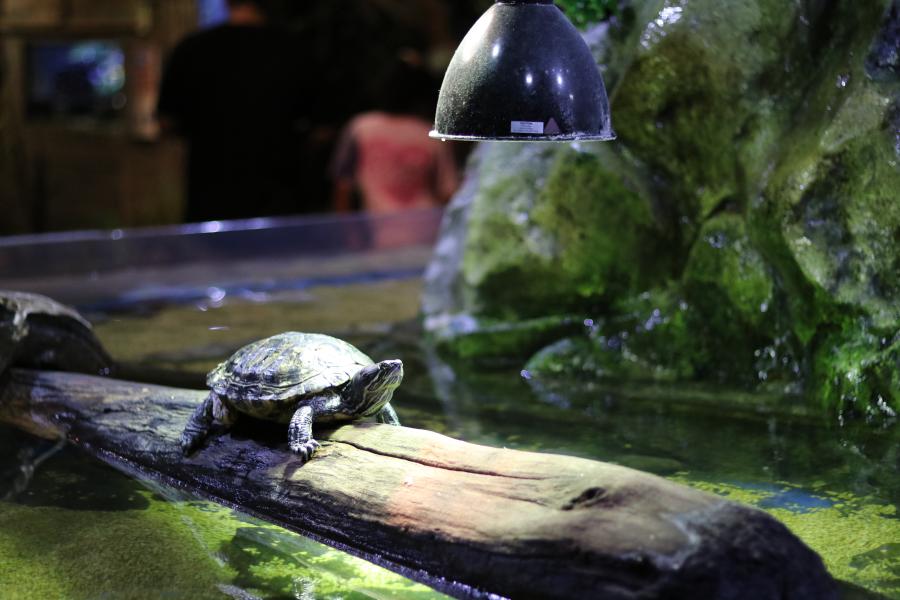Tap into the 216: Greater Cleveland Aquarium

Introducing our new blog post and social media series, Tap into the 216! Come along with us as we explore how local organizations utilize Cleveland Water to support their businesses. Throughout the series, we will explore businesses from well-known corporations all the way to smaller, local shops throughout Greater Cleveland.
For our first installment, we visited the Greater Cleveland Aquarium to find out just how crucial having safe, quality water is to the marine ecosystems and the aquarium's day-to-day operations.
Home to nearly 2,000 animals that can be found worldwide, the Greater Cleveland Aquarium features hundreds of species from different climates, habitats, and water conditions. To replicate these environments, the aquarium is tasked daily with turning nearly 12,000 gallons of Cleveland Water into livable habitats, including freshwater and saltwater.
Greater Cleveland Aquarium Director of Life Support Systems and Operations Brenton Maille told us that replicating both freshwater and saltwater habitats is a “two-step process.” The first step is to directly treat Cleveland Water by dechlorinating and heating it up so that fish can breathe through their gills and safely inhabit the tanks. That water is then suitable for freshwater habitats.
The saltwater process, on the other hand, involves taking pre-treated freshwater and manually adding salt, which is made at about 8,000-gallon batches a day. While creating the salt, important factors such as pH level, salinity, and alkalinity are measured before being added to the tanks.
In addition to water treatment, monitoring water quality and filtration is a high priority for sustaining aquatic life. By using closed-loop filtration systems, water is constantly recirculated, allowing the aquarium to maintain cleanliness and conserve water. According to Maille, some species require more filtration and added chemicals, while others can thrive with minimal support based on their natural habitat.
“Utilizing Cleveland Water at the aquarium is really important,” Maille said. “At any given time, we have about 260,000 gallons here in our facility. All of that stems directly from being able to utilize treated, processed water from the City of Cleveland.”
Thank you to the Greater Cleveland Aquarium for giving us an inside look at how important utilizing Cleveland Water is to you.
